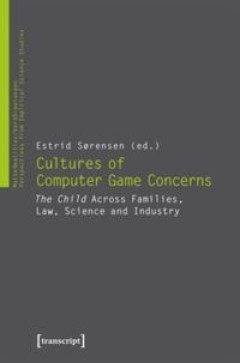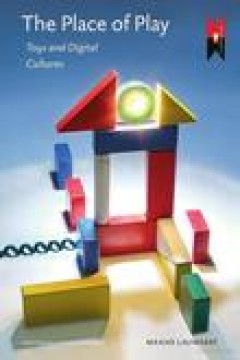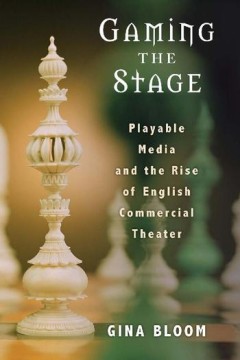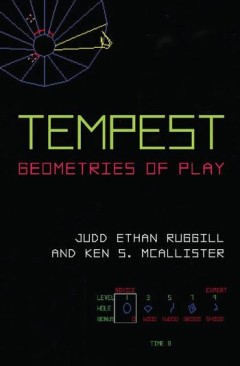Filter by

Games without frontiers? : socio-historical perspectives at the gaming/gambli…
This open access book focuses on how and why digital games and gambling are increasingly intertwined and asks “does this matter?” Looking at how “loot boxes” became the poster child for the convergence of gambling and gaming, Wardle traces how we got here. She argues that the intersection between gambling and gaming cultures has a long lineage, one that can be traced back throughout the…
- Edition
- -
- ISBN/ISSN
- 9783030749101
- Collation
- xiii ; 111p. : ill.
- Series Title
- -
- Call Number
- 306.482 HEA g

Cultures of computer game concerns : the child across families, law, science …
The same computer games are played by youths all over the world, and worldwide games become matters of concern in relation to children: worries rise about addiction, violence, education, time, and economy. Yet, these concerns vary depending upon where they are situated: in families, legal contexts, industry or science. They also play out differently across countries and cultures. This situated …
- Edition
- -
- ISBN/ISSN
- 9783839439340
- Collation
- III, 355 p.
- Series Title
- VerKörperungen/MatteRealities - Perspektiven empirischer Wissenschaftsforschung, 23
- Call Number
- 794.8 CUL c

The place of play : toys and digital cultures
Increasingly, technology is at stake in toys, games and playing. With the immense popularity of computer games, questions concerning the role and function of technology in play have become more pressing. A key aspect of the increasing technologization and digitalization of both toys and play is the vagueness of borders between producers, consumers and players. In these so-called participatory c…
- Edition
- -
- ISBN/ISSN
- 9789089640802
- Collation
- 159 p.
- Series Title
- MediaMatters
- Call Number
- 794.8 LAU p

Gaming the stage : playable media and the rise of English commercial theater
Rich connections between gaming and theater stretch back to the 16th and 17th centuries, when England's first commercial theaters appeared right next door to gaming houses and blood-sport arenas. In the first book-length exploration of gaming in the early modern period, Gina Bloom shows that theaters succeeded in London's new entertainment marketplace largely because watching a play and playi…
- Edition
- -
- ISBN/ISSN
- 9780472073818
- Collation
- xii, 276p. : ill.
- Series Title
- -
- Call Number
- 792.094209031 BLO g

Tempest : geometries of play
Atari’s 1981 arcade hit Tempest was a “tube shooter” built around glowing, vector-based geometric shapes. Among its many important contributions to both game and cultural history, Tempest was one of the first commercial titles to allow players to choose the game’s initial play difficulty (a system Atari dubbed “SkillStep”), a feature that has since became standard for games of all…
- Edition
- -
- ISBN/ISSN
- 9780472072699
- Collation
- xi, 154p. " ill.
- Series Title
- -
- Call Number
- 794.8 RUG t
 Computer Science, Information & General Works
Computer Science, Information & General Works  Philosophy & Psychology
Philosophy & Psychology  Religion
Religion  Social Sciences
Social Sciences  Language
Language  Pure Science
Pure Science  Applied Sciences
Applied Sciences  Art & Recreation
Art & Recreation  Literature
Literature  History & Geography
History & Geography